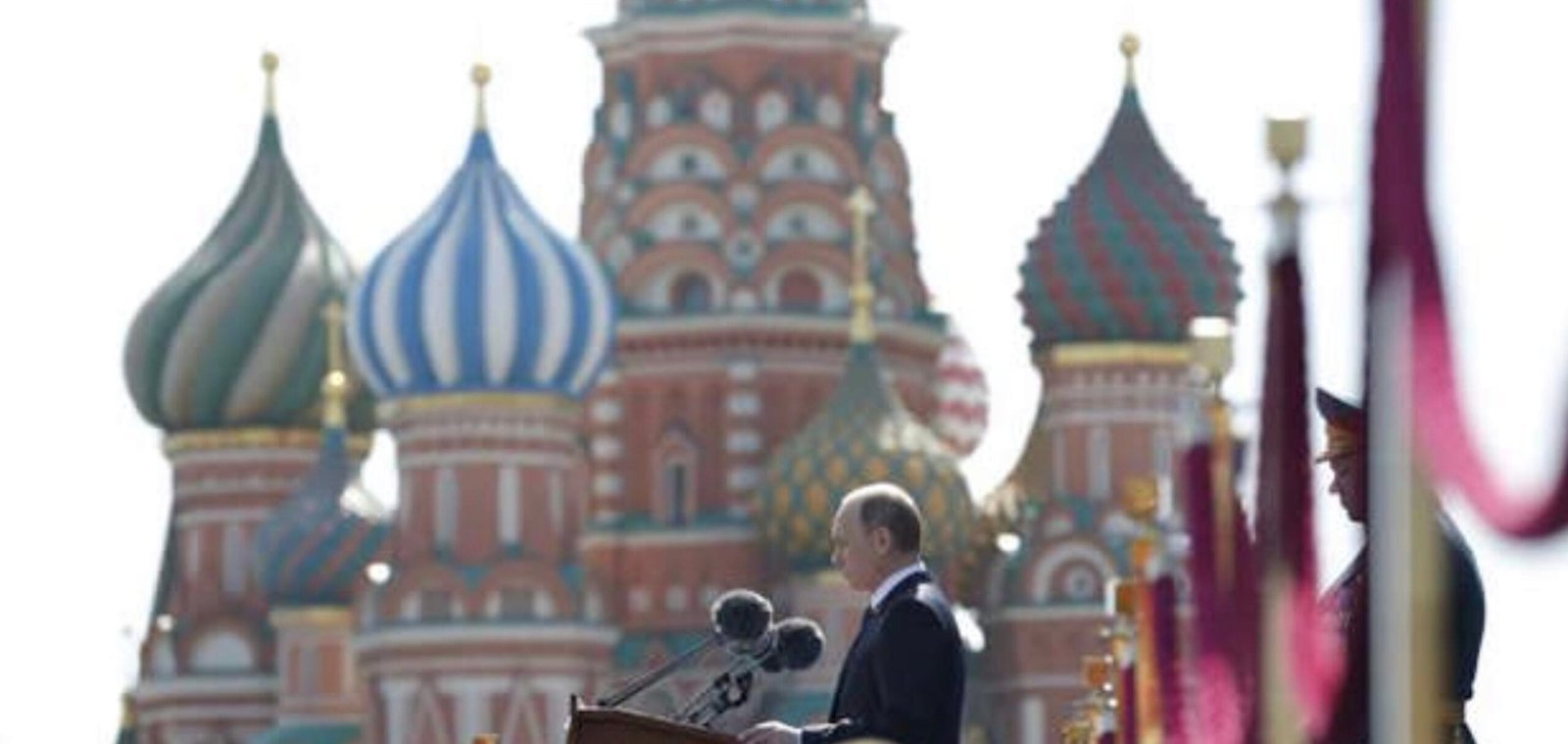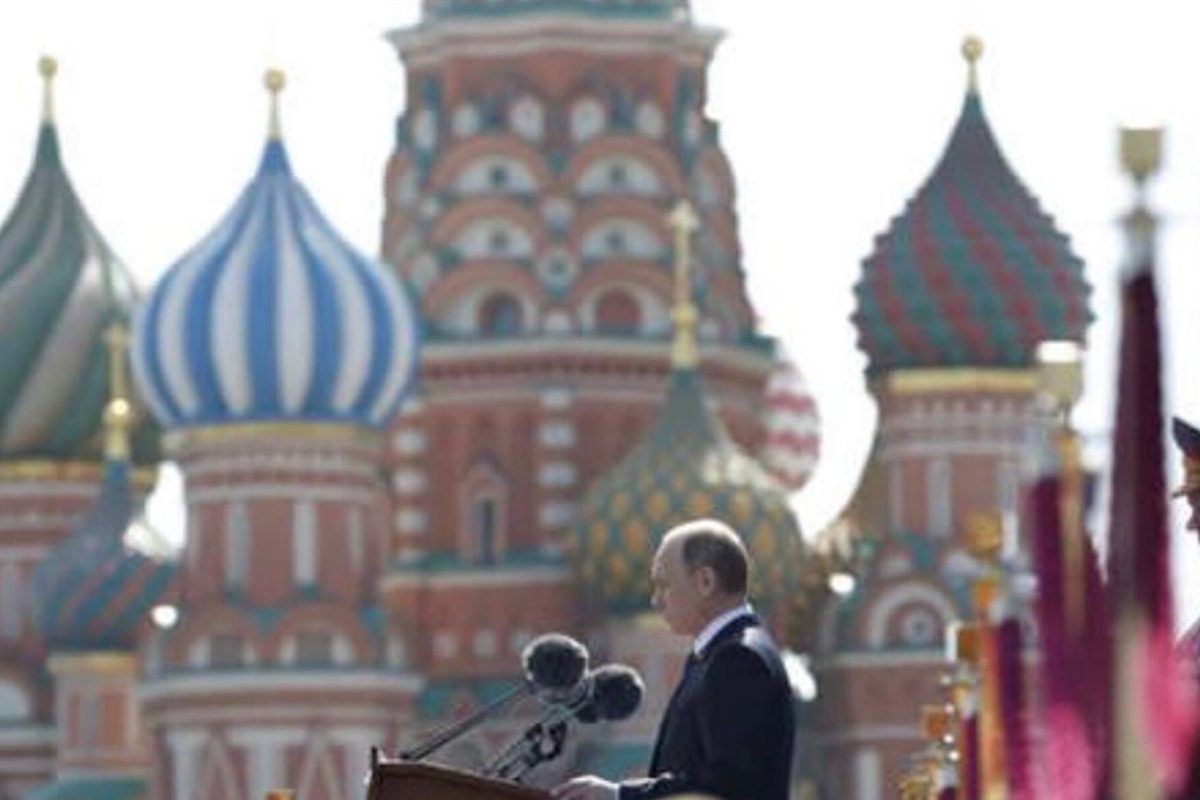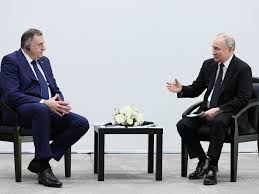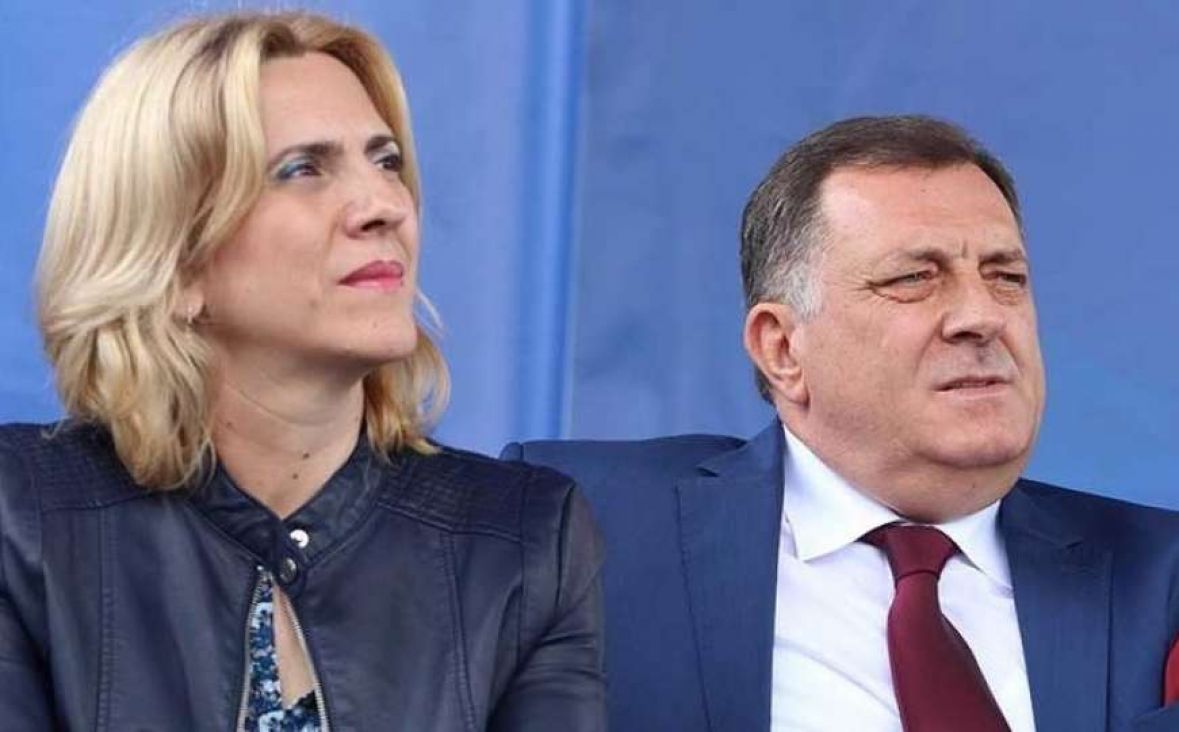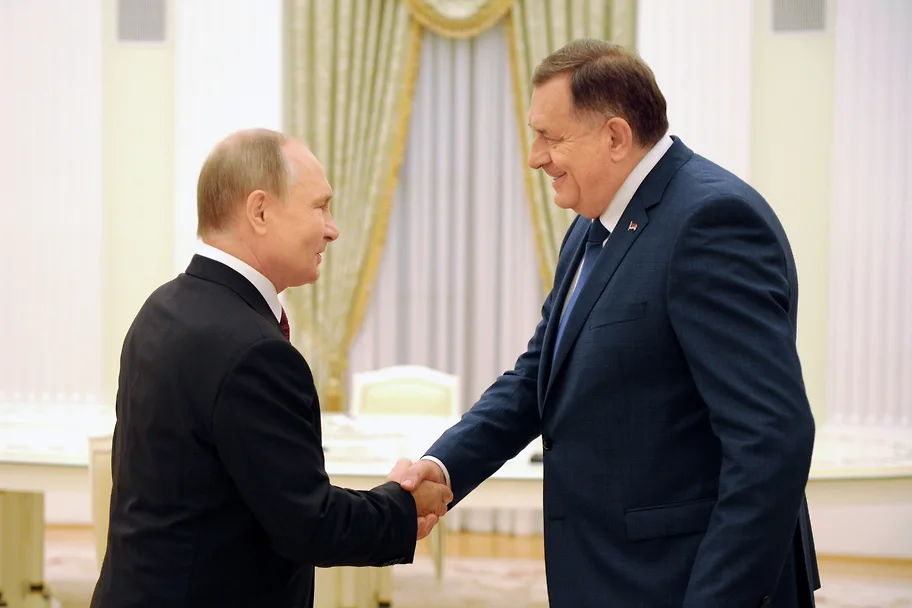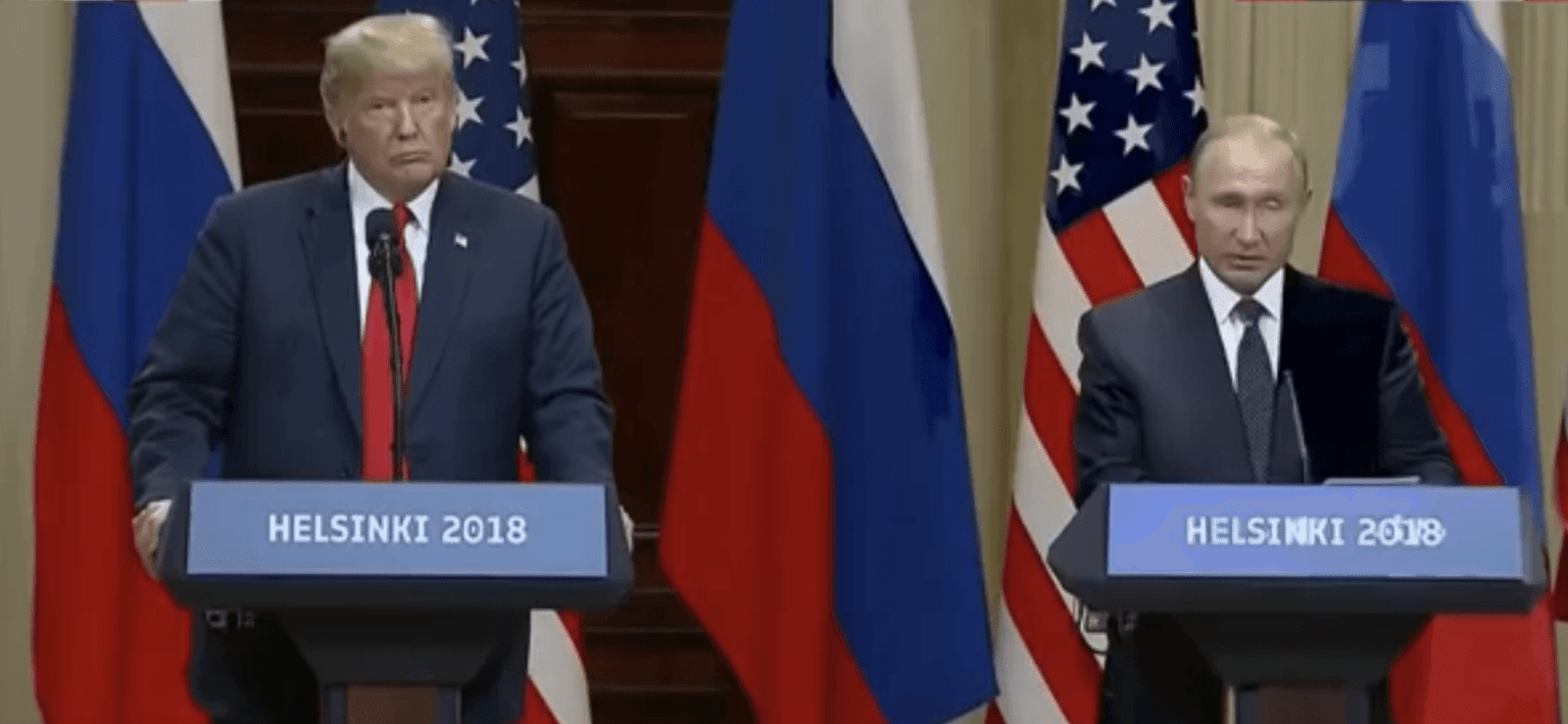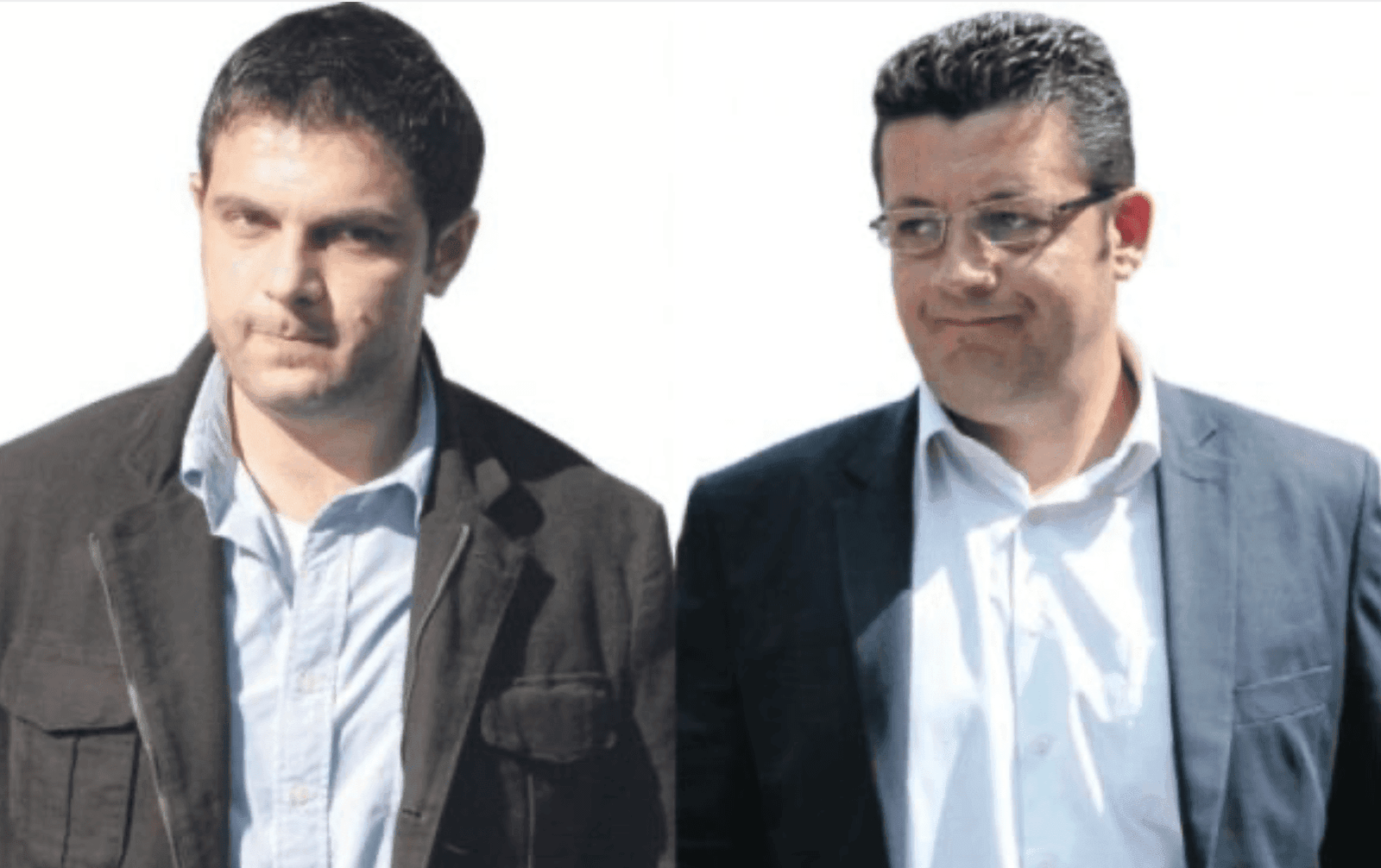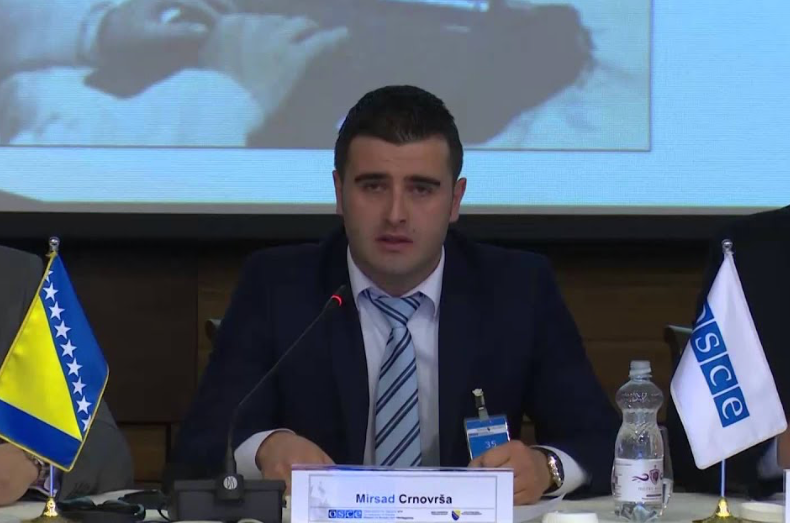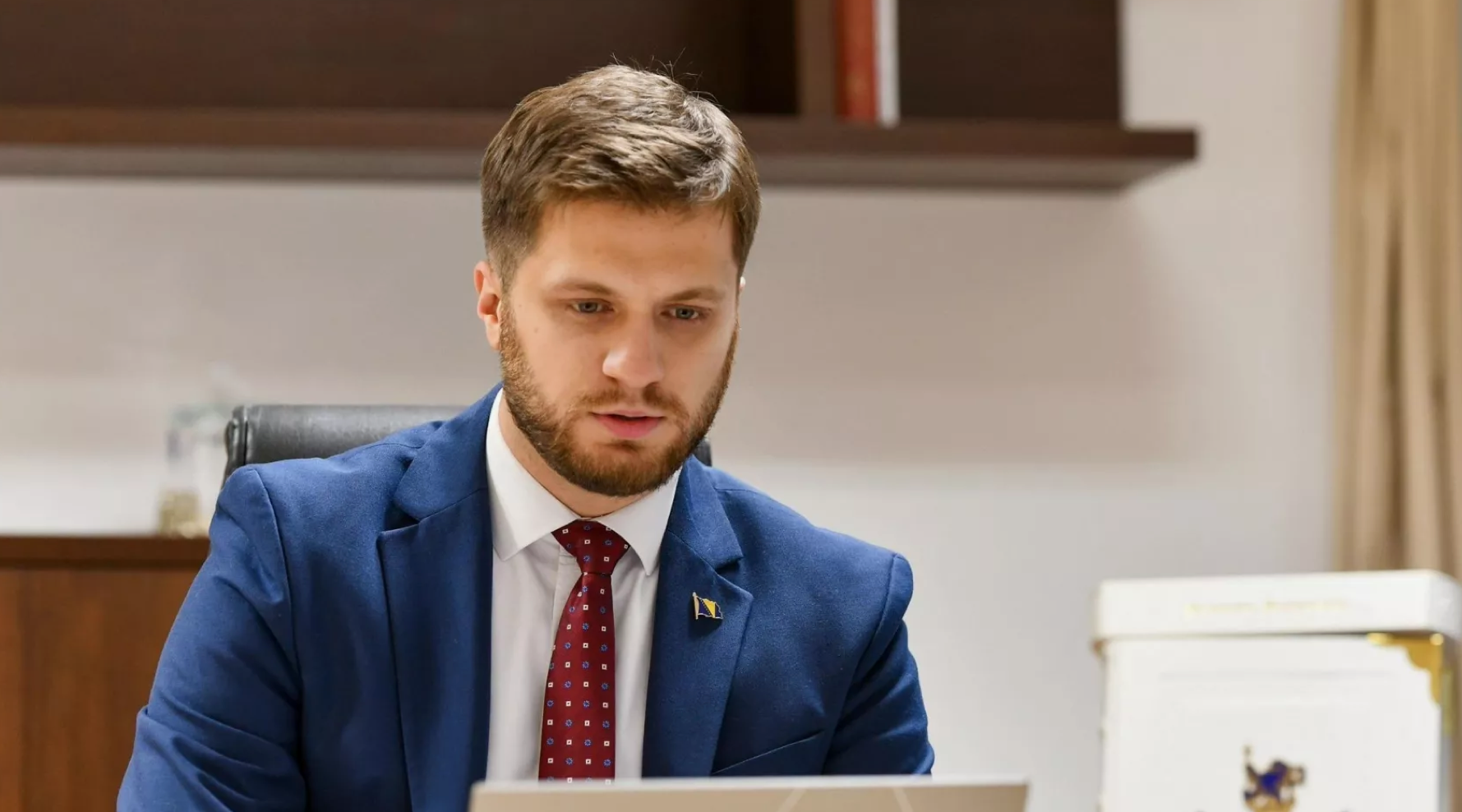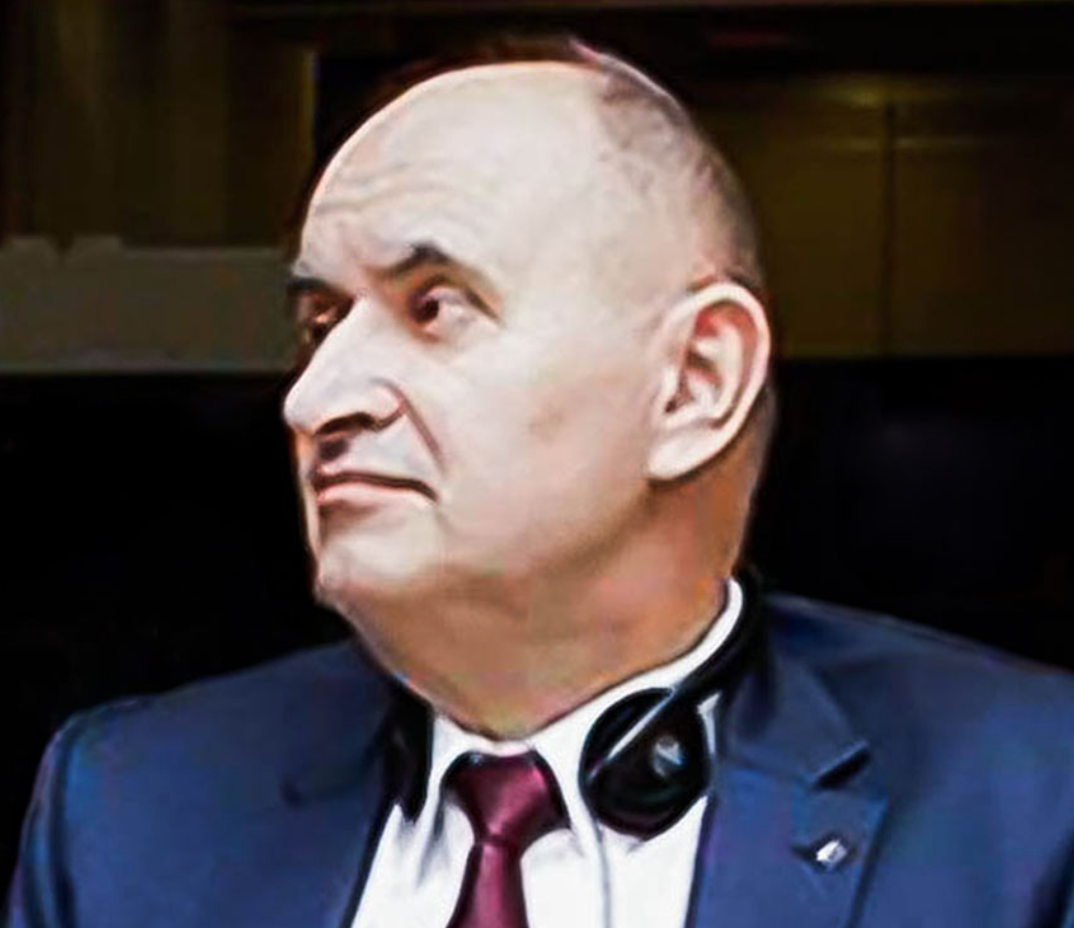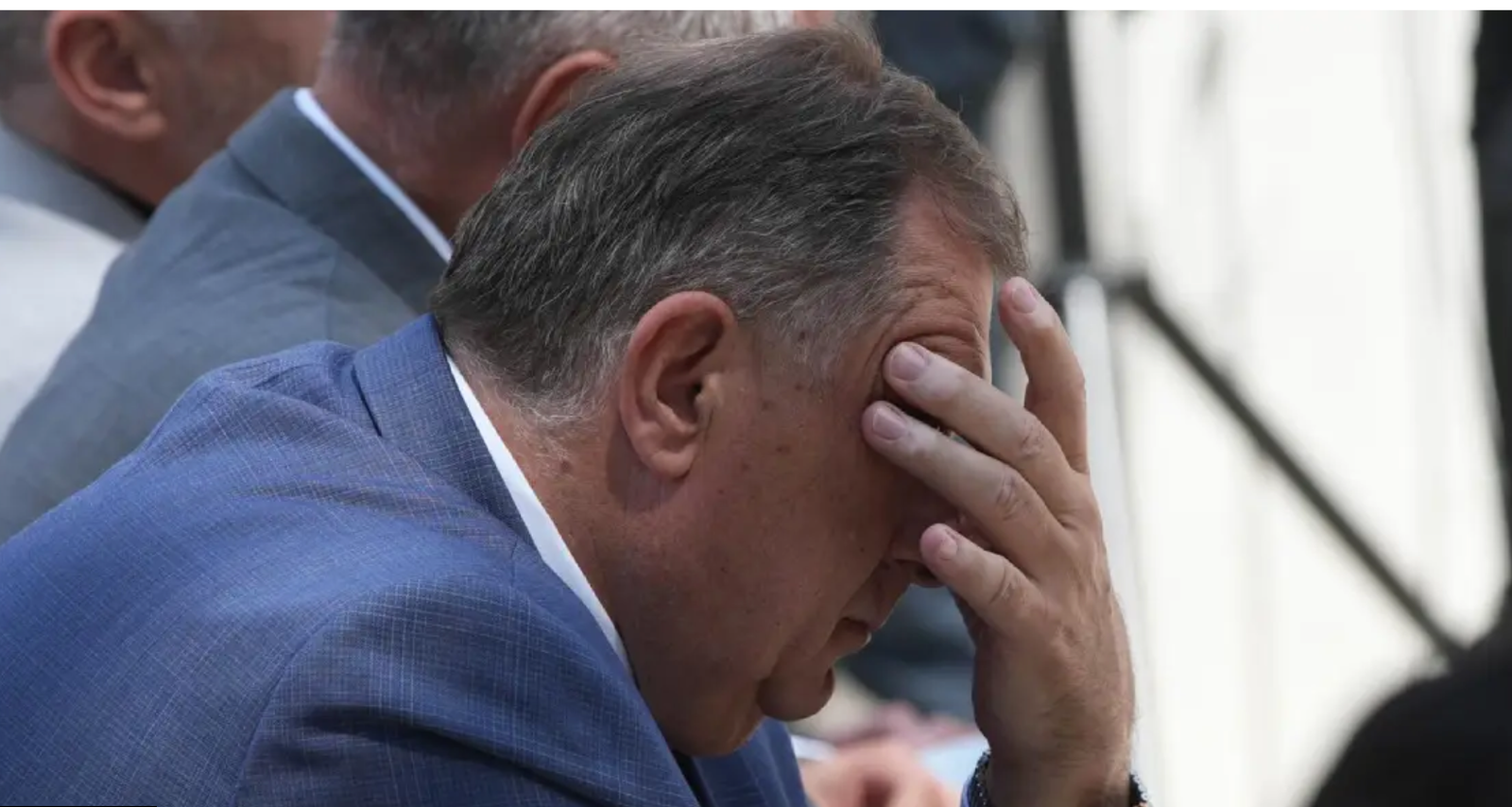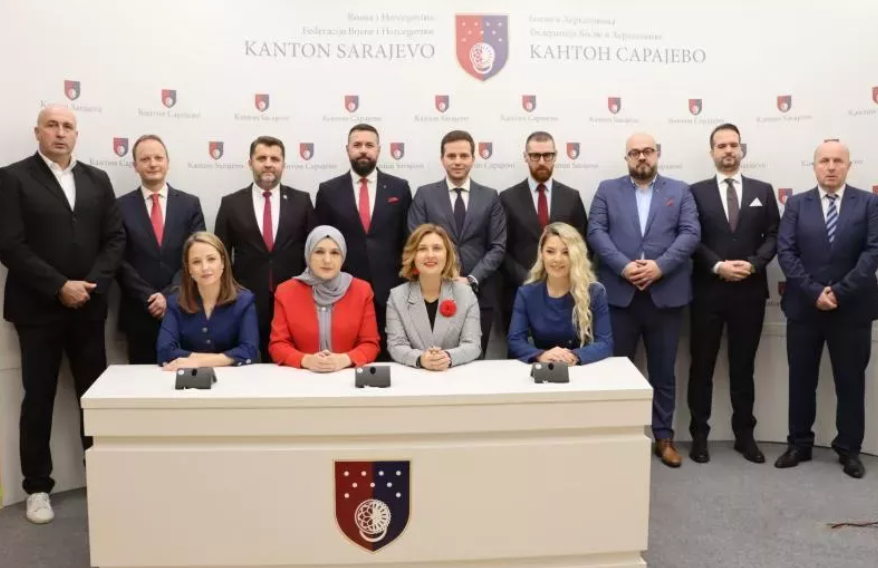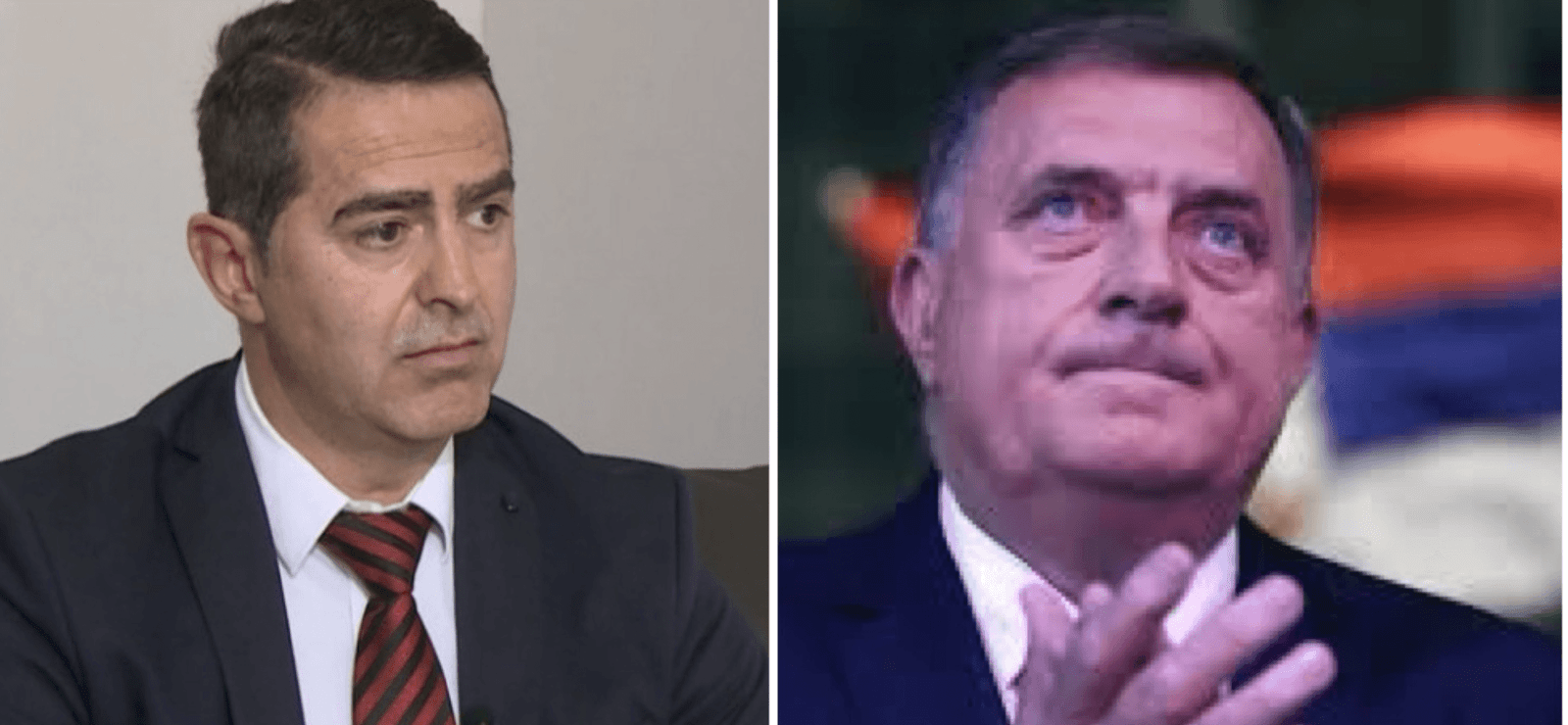Putin’s Kremlin is showing increasing signs of fear and desperation in its war against Ukraine. Moscow is fearful that a fully armed Ukraine will engage in a more successful offensive this year to regain large swaths of its territory. And the Kremlin is desperate to reverse its descent into a second rate power that can no longer challenge the West for global influence.
Putin’s absurd proposals for Ukraine’s surrender on the eve of the June peace summit in Switzerland demonstrated that Moscow is running out of ideas to prevent the West from fully equipping Ukraine’s armed forces. Russia’s military failed to seize any significant territory during the six months that Kyiv was perilously short of shells because of delays in US funding and NATO supplies. And in recent weeks, Moscow proved incapable of any advances in Kharkiv oblast despite its advantage in manpower and its boasts of creating a “buffer zone” along the Russian border.
The Kremlin’s fear and desperation are generated by intensifying military, economic, and international pressures. On the military front, Russia’s armed forces are unable to capture any major Ukrainian cities and cannot even make any notable gains in the four oblasts that Moscow claims to have already annexed – Luhansk, Donetsk, Zaporizhzhia, and Kherson. With Kyiv finally permitted to strike Russian territory with Western weapons, Moscow’s military infrastructure is now subject to daily attacks. This includes fuel supplies, air defenses, weapons stocks, military command headquarters, road and rail terminals, and numerous other costly targets. And on the horizon, Ukraine will not only acquire longer-range weapons but also squadrons of F-16 fighter jets that can further decimate the Russian military.
Although Moscow has increased its production of military hardware, it cannot catch up with its massive losses of tanks, artillery, air defense systems, helicopters, and other equipment. The deployment of tanks held in storage since the 1970s demonstrates the deteriorating quality of domestic stocks. Russia is also experiencing a major manpower shortfall and cannot continue with its “meat attacks” on Ukrainian positions. Over half a million Russian troops have been killed, wounded, or captured and the numbers are accelerating with a substantial part of its officer corps eradicated.
Moscow now increasingly relies on recruiting foreign migrants and mercenaries into its military from Central Asia, Latin America, Africa, and the Middle East. They are lured by promises of high pay, but these barely trained recruits only last a few days on the frontlines. As the war continues to decimate Russian forces, Moscow will need to conduct mass mobilization, a highly unpopular move that the Kremlin has avoided fearful of triggering another enormous outflow of young men, as well as provoking social unrest and military mutinies.
On the economic front, Putin has revealed that international sanctions are biting harder than officials have admitted. He demanded that they be lifted if there is to be any peace agreement with Ukraine. Most recently, strict sanctions have been imposed on the Moscow Stock Exchange where trading in dollars and euros has been suspended. The US Treasury stated that the sanctions will increase the risk for any financial institutions dealing with Russia’s war economy and reduce Russia’s access to foreign technology, equipment, software, and IT services. In addition, Washington has sanctioned hundreds of entities and individuals in to disrupt Moscow’s networks with third countries through which Russia procures technology and equipment for its war in Ukraine. Russian banks are now fearful of massive bank runs, as citizens are afraid that they will lose their savings. The cost of living is also rising with rampant inflation, declining social services, and shortages of certain products.
On the revenue front, Russia’ major energy company Gazprom is facing bankruptcy, with staggering losses of $7 billion in 2023, as sales of natural gas to Europe have plummeted. Russia’s crude oil now sells under global price and exports of refined oil are declining. Increasingly successful strikes by Ukrainian drones on Russian refineries and other energy infrastructure have set back production, while Western sanctions will be expanded to limit Russia’s oil trade.
Among other initiatives, NATO plans to curtail the movement of third country oil tankers that carry Russian exports through European waters. Denmark is considering ways of stopping this shadow fleet sailing through the Danish straits on the grounds of potential environmental damage. Russia sends about a third of its seaborne oil exports across the Baltic Sea. Since Western governments imposed a price cap on Russia's oil, Moscow has relied on a fleet of ageing tankers based and insured outside the West. Moves to block these vessels would severely deplete the Kremlin's revenues and further damage its war economy.
On the international front, Moscow’s aggression has served to expand NATO through the admission of Finland and Sweden, it has bolstered the NATO military presence along the eastern front, and it has encouraged all countries to boost their defense spending, acquire new weapons, and enlarge their armed forces. The US military presence is also growing, especially in Poland which now hosts over 10,000 American troops and includes the US Army’s V Corps forward headquarters based at Camp Kościuszko. Preparations are advancing to respond to any attempted Russian attack on a NATO member.
The border between Russia and NATO has become much longer following Finland’s inclusion in NATO, while Russia’s military is now thinly stretched with the bulk of its war resources and manpower designated for the Ukrainian front. At the same time, China is taking advantage of Russia’s evident weaknesses by insisting on cheap oil and gas prices, introducing the yen as Russia’s main foreign currency, and tying Moscow into economic contracts that will primarily benefit China. The noose around Putin’s neck is tightening and one can expect new power struggles as Russia lurches toward implosion.
Janusz Bugajski is a Senior Fellow at the Jamestown Foundation in Washington DC. His recent book is Failed State: A Guide to Russia’s Rupture. His new book published in the fall is titled Pivotal Poland: Europe’s Rising Power.

